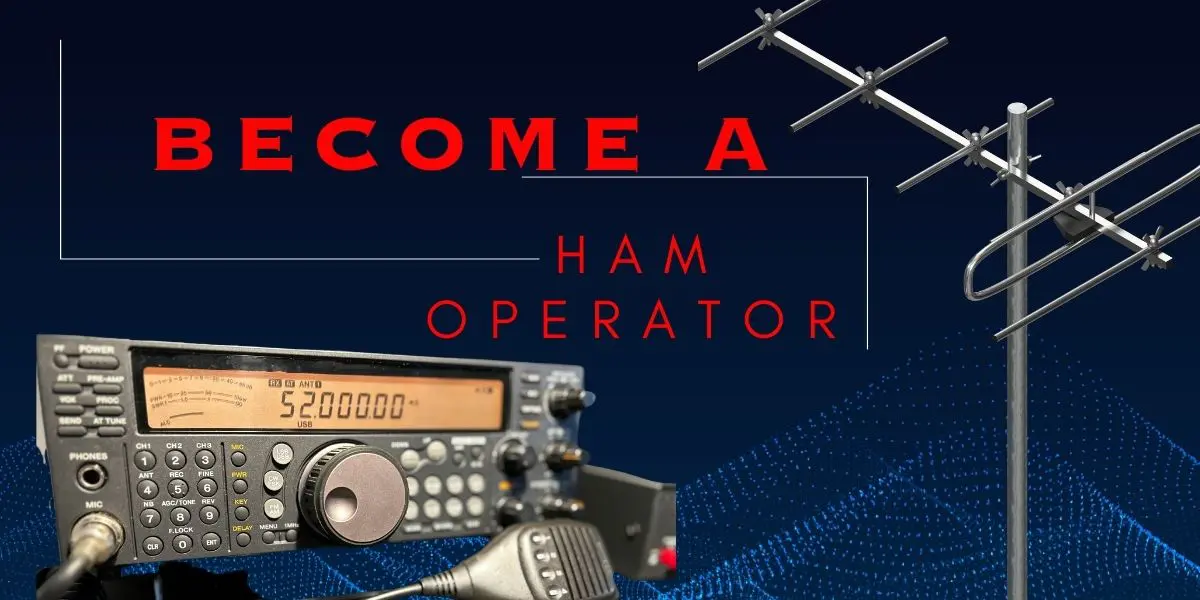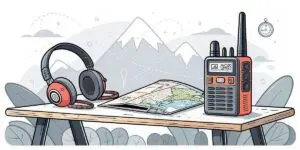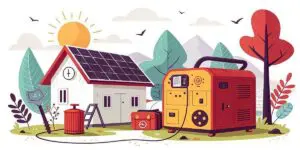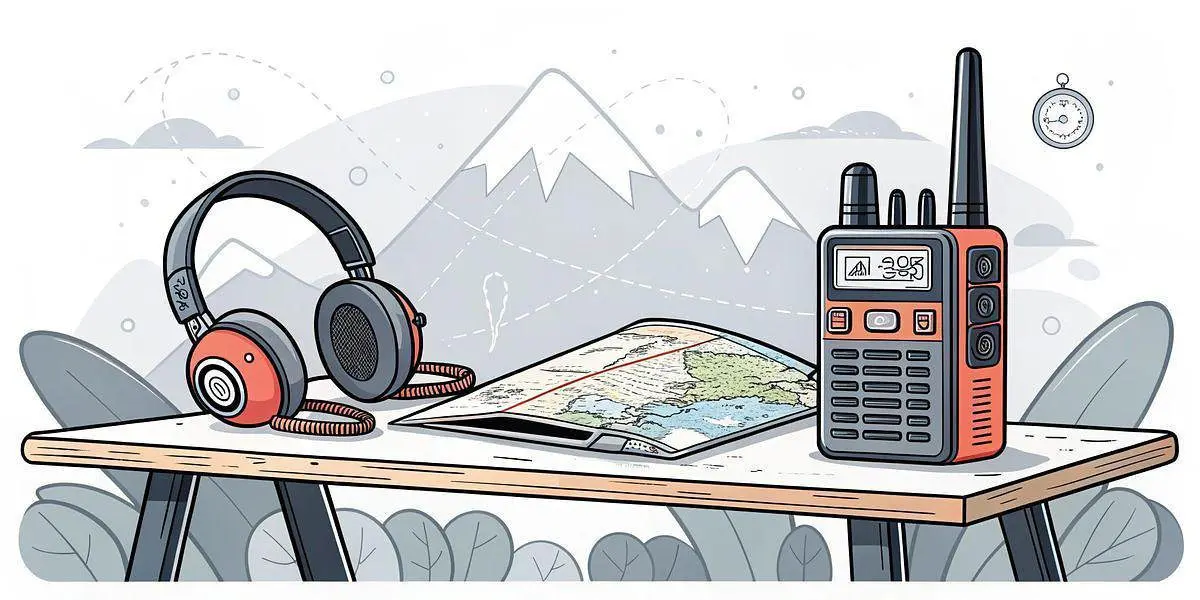Introduction to Amateur Radio Operation
What is Amateur Radio?
Amateur Radio, also known as Ham Radio, is a hobby wherein individuals use radio frequencies to communicate with other amateur radio operators around the world. It is a diverse community of people who share a passion for communicating via radio waves. Ham radio operators use various modes of communication, including voice, Morse code, digital modes, and satellites.
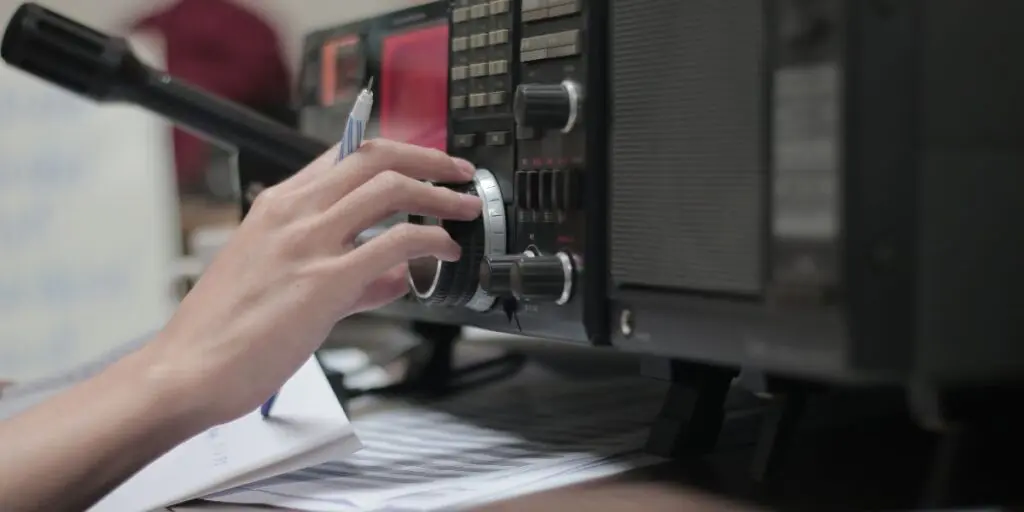
Advantages of becoming a Ham Operator
Becoming a Ham Operator has several advantages, such as:
- Emergency Communications: During natural disasters or emergencies, amateur radio operators can provide communication when traditional communication methods are down.
- Technology: It is a great way to get hands-on experience with radio and communication technology.
- Community: Ham radio operators can join clubs or groups where they can meet like-minded people and participate in events and contests.
- Personal Development: It also builds skills such as communication, problem-solving, and technical expertise.
Amateur Radio is an exciting hobby that continues to grow in popularity. It provides opportunities for personal growth, education, and building relationships with people all over the world.
5th Edition – Complete Study Guide with Question Pool to Pass the Technician Class Amateur Radio Exam
Getting Your Ham Radio License
License Classes and Exams
To legally operate a Ham Radio, individuals must obtain an amateur radio license from their country’s regulatory agency. There are three license classes: Technician, General, and Extra. Each class requires passing a written exam, which covers topics such as radio theory, regulations, and operating procedures.
Study Materials and Resources
There are numerous resources available to help individuals prepare for the exam, including study guides, online courses, and practice tests. The American Radio Relay League (ARRL) provides study materials and also hosts exam sessions. Classes are also offered by local Ham Radio clubs and organizations. Becoming licensed opens up a world of communication possibilities and personal growth.
Handheld Ham Radios (VHF & UHF) with High Gain Antenna and Programming Cable (2Pack) (M)
Choosing Your First Ham Radio
Types of Radios and Their Uses
There are several types of ham radios available, including handheld, mobile, and base stations. Handheld radios are portable and often used for short-range communication. Mobile radios are designed for use in a vehicle and have the ability to transmit over longer distances. Base stations are fixed in a location and can communicate over greater distances than handheld or mobile radios.
Mobile Digital Scanner. Incredible Digital Performance. TrunkTracker X Technology Provides The Best Digital Decode Performance in The Scanner Industry.
Factors to Consider When Buying a Radio
When purchasing a ham radio, there are several factors to consider, including the frequency range, power output, size, and features. The radio’s frequency range should match the individual’s license class. Power output determines the radio’s range and effectiveness. Size is important for portability and storage. Features such as digital modes and emergency communication capabilities may also be important.
Radio Accessories and Equipment
Antennas, Tuners, and Feedlines
Radio operators need antennas to send and receive signals. The type of antenna and its placement can affect signal quality. Tuners help match the antenna’s impedance to the radio’s output. Feedlines connect the antenna to the radio. The type of feedline used can also affect signal quality.
Power Supplies and Batteries
Ham radios require a power source to operate. Power supplies convert household electricity into the correct voltage and current for the radio. Many radio operators also use batteries as a backup power source, especially for portable operations. Choosing the right power source is important to ensure efficient and safe operation of the radio equipment.
Setting Up Your Ham Radio Station
Indoor Station vs Outdoor Station
When setting up a ham radio station, there are two options to consider – indoor or outdoor. An indoor station is a good choice for those who have limited access to outdoor space or want to control the environment. An outdoor station, on the other hand, allows for greater flexibility in antenna placement and usually results in better signal quality.
Radio Placement and Safety
The placement of the radio is an important consideration since it affects both signal quality and safety. The radio should be kept away from high-traffic areas and sources of interference such as computers, fluorescent lights, and microwave ovens. Additionally, proper grounding and the use of surge protectors can help protect the radio and prevent damage from electrical surges.
Operating Your Ham Radio
Modes of Operation: Voice, Digital, Morse Code
There are three modes of operation for a ham radio – voice, digital, and Morse code. Voice communication is the most common and straightforward mode, while digital communication involves encoding and decoding information using digital signals. Morse code, on the other hand, is a more traditional mode of operation that uses a series of clicks to transmit messages.
Etiquette and Code of Conduct
When operating a ham radio, proper etiquette and code of conduct must be adhered to. This includes identifying oneself with a callsign, avoiding obscene language or conversations, and giving way to emergency communications. Additionally, operators are encouraged to be respectful and courteous towards other operators and to follow regulations set by their local governing bodies.

Participating in Ham Radio Clubs and Events
Local and National Clubs and Organizations
Participating in a ham radio club can be a great way to connect with other enthusiasts and expand your knowledge. There are many local and national clubs and organizations to choose from, each with their own areas of focus and resources. These clubs often host meetings, provide training and licenses, and offer opportunities for community service.
Contests, Field Days, and Public Service
Ham radio contests and field days are popular events that allow operators to test their skills and connect with others across the globe. Many clubs and organizations host these events, which can be either competitive or non-competitive. Ham radio is also used for public service, providing communication during emergency situations and public events such as marathons and parades.
Ham Radio Emergency Communications
Amateur Radio Emergency Services
Participating in Amateur Radio Emergency Services (ARES) can provide ham radio operators with an opportunity to utilize their skills during emergency situations. Members are trained to provide communication support during natural disasters, severe weather, and other crises. ARES organizations operate locally and may also respond nationally when assistance is requested.
Disaster Response and Support
In addition to ARES, ham radio operators can also assist with disaster response and support through organizations such as the Radio Amateur Civil Emergency Service (RACES). These groups are often affiliated with local government agencies and provide communication services during emergencies and disasters. Ham radio has been instrumental in providing essential communication when other methods fail during natural disasters and calamities.
Ham Radio Emergency Communications
Amateur Radio Emergency Services
Participating in Amateur Radio Emergency Services (ARES) provides ham radio operators with an opportunity to use their skills during emergency situations. Members are trained to provide communication support during natural disasters, severe weather, and other crises. ARES organizations operate locally and may also respond nationally when assistance is requested.
Disaster Response and Support
In addition to ARES, ham radio operators can assist with disaster response and support through organizations such as the Radio Amateur Civil Emergency Service (RACES). These groups provide communication services during emergencies and are often affiliated with local government agencies. Ham radio has been instrumental in providing essential communication when other methods fail during natural disasters and calamities.
Conclusion
Benefits of Being a Ham Operator
Being a ham radio operator offers numerous benefits, including the ability to provide emergency communication services, opportunities for networking and collaboration with other operators, and access to different forms of communication that can be helpful in various situations.
Future Developments in Ham Radio Technology
New developments in ham radio technology, such as digital modes and software-defined radios, are creating new possibilities for communication and expanding the capabilities of ham operators. As technology continues to evolve, ham radio is likely to remain an important tool for emergency communication and community support.

